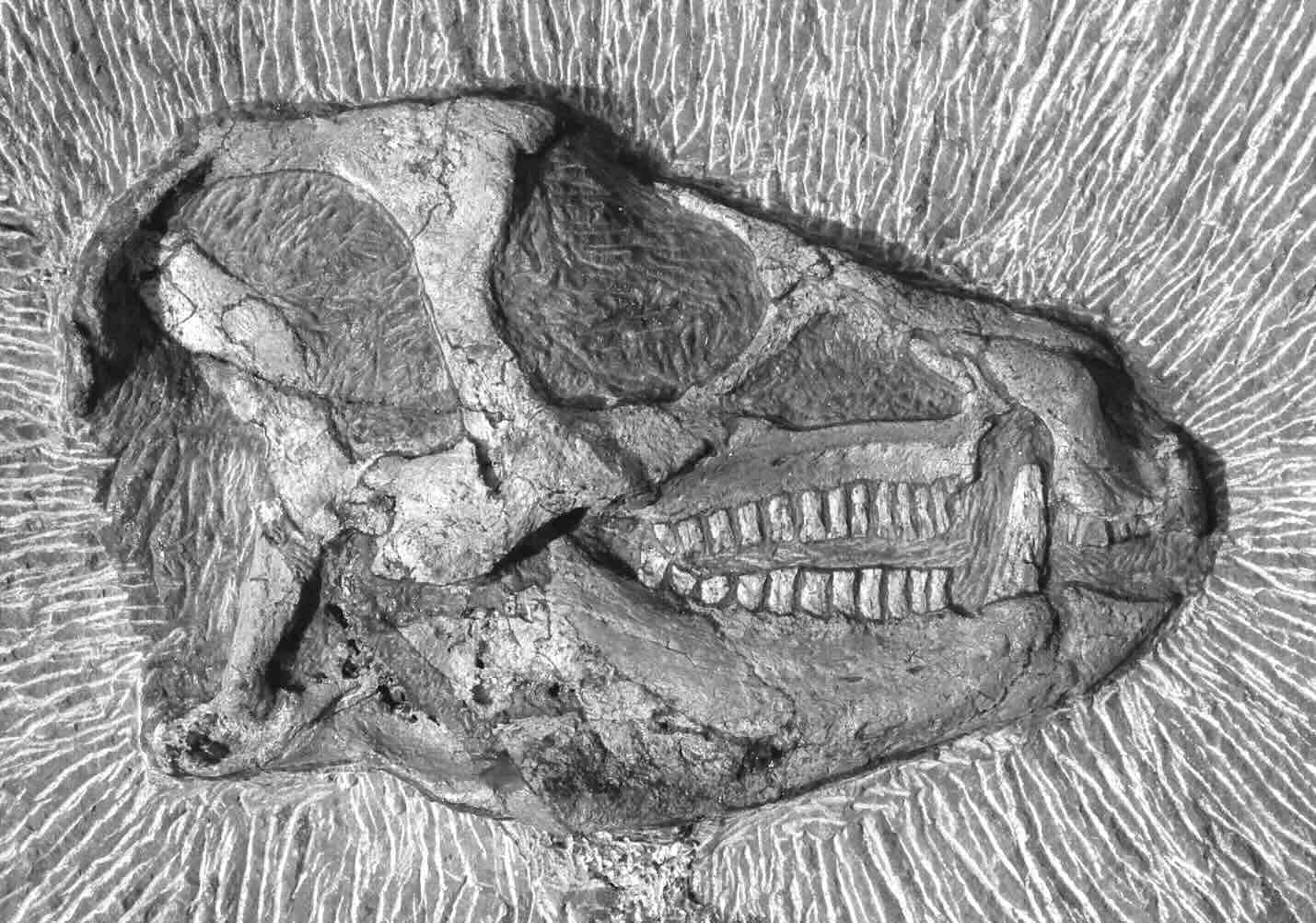A glucose solution is prepared by dissolving pure glucose \(\ce{C6H12O6}\) in distilled water. A 50 mL vial contains 12.0 milligrams of glucose.
What is the concentration of glucose in the solution?
- \(1.3 \times 10^{-3}\ \text{mol L}^{-1}\)
- \(2.2 \times 10^{-2}\ \text{mol L}^{-1}\)
- \(3.9 \times 10^{-3}\ \text{mol L}^{-1}\)
- \(6.7 \times 10^{-2}\ \text{mol L}^{-1}\)

